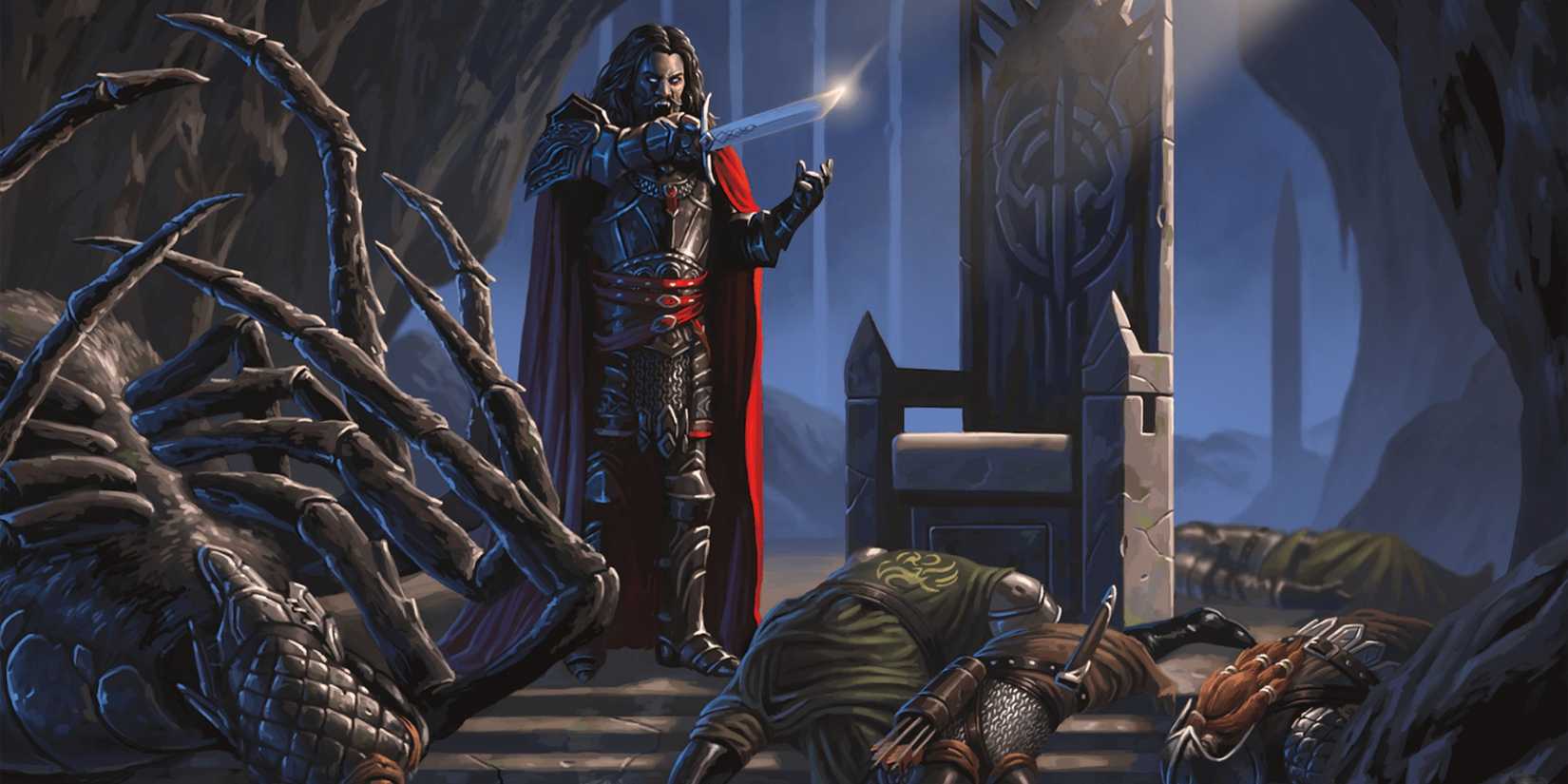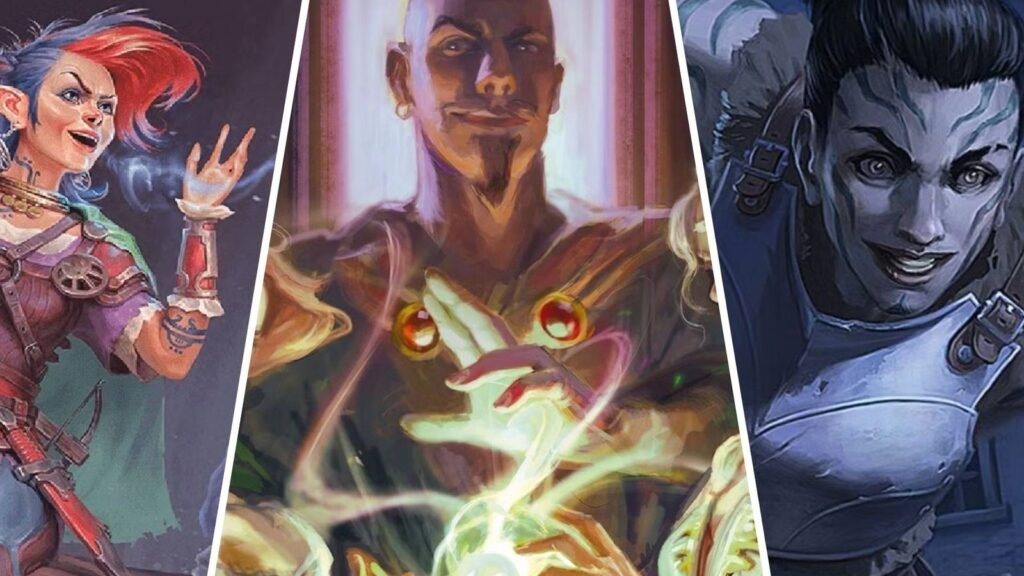
Not everything gets stronger when a game is updated. Dungeons & Dragons has had many iterations over the decades and is currently in a revised version of its fifth edition. Many things have gotten better and more powerful as time went on, but some also got balanced, changed, eliminated, or simply nerfed.
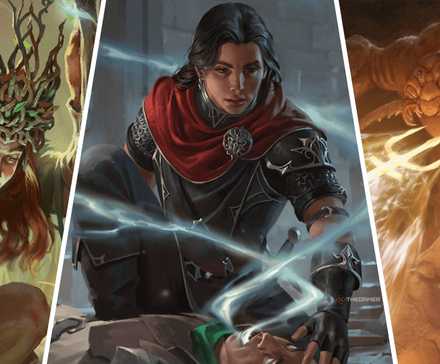
Dungeons & Dragons: 8 Biggest Spell Changes In The 2024 Player’s Handbook, Ranked
From nerfs to buffs, we list some of the biggest spell changes in the 2024 Player’s Handbook.
A significant part of the game that suffered from nerfs is the spells, as they are some of the strongest things a player can do during the game. Some were famous (or infamous) for all the absurd things they could do, and even suffered multiple changes throughout the editions, getting weaker each time.
8
Counterspell
Easily Surpassed
Counterspell is a staple of D&D, allowing you to prevent someone else from casting their mighty spells. That said, it was relatively easy to stop someone from using their spell; if the spell was of the same spell slot or lower compared to the Counterspell, it was stopped. If the spell slot was higher, whoever used Counterspell would roll an ability check to prevent the spell from happening.
Now, whoever is being targeted by Counterspell must roll a Constitution saving throw, regardless of the spell’s level. Saving throws are particularly easier to be passed by monsters, especially high-level bosses, so Counterspell is much harder to work on them – not to mention that, as a saving throw, Legendary Resistance can now be used to stop it.
7
Haste
Not Too Fast
- Nerfed in multiple editions
Another extremely popular spell is Haste, which was changed multiple times. At first, in 1e, Haste only had benefits and no drawbacks, and it allowed you to do anything you normally could with your regular action with your hastened action, and a single use of Haste could get multiple creatures. Each edition added a drawback or a limitation, though.
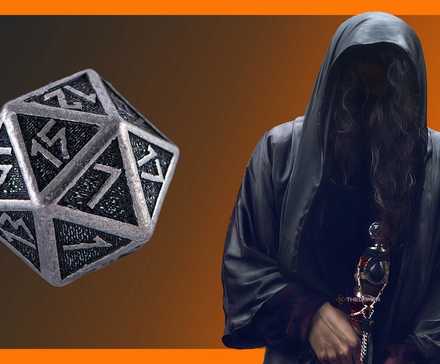
Dungeons & Dragons: 15 Most Broken Spells
There are so many powerful spells in Dungeons & Dragons. But, which are the most broken? Here’s our list.
It used to have drawbacks such as aging your character every time they were hastened, but now it’s just being incapacitated for a turn. You can only do a few things with your hastened action, a single attack, and no extra spells when hastened. It also requires concentration now.
6
Polymorph
Nothing Could Stop It
- Nerfed in multiple editions
Once upon a time, when someone used Polymorph, the target would stay transformed forever – or until the spell was somehow dispelled. There were no creature-type restrictions like there are now, and the target wouldn’t roll a saving throw either; they’d just change.
Mental stats were also affected, so if someone turned your wizard into a frog, it’d think like a frog and not like a wizard, thus losing their personality. Funnily enough, you could become a dragon and become smarter – just be careful that your alignment will change accordingly.
5
Wish
Not Too Different, Though
- Nerfed in multiple editions
Wish is a funny case. In theory, the spell hasn’t been nerfed a lot, and its essence remains: the user gets to do something with little to no restraints. However, telling a group of players they can do whatever can be intimidating, and it’s also intimidating for the DM to think of the repercussions.
Thus, Wish gives some options for what you can do with it (which is technically a nerf), even though reshaping reality is still on the table – with the DM’s discretion on which parts of your wish can and can’t happen. Still, the spell takes a toll on the caster, and you can’t do things that affect the multiverse now, and gods might intervene with your wish.
4
Charm Person
It Could Last Forever, In Theory
Charm Person wasn’t as clear on its restrictions compared to now, though the gist of how the charmed creature behaves is still pretty much the same. However, the most noteworthy change is that Charm Person now lasts for an hour, but it used to be an indefinite period of time.
Eventually, the target would get an opportunity to roll another saving throw after some time, like once per day. Still, the dumber the target, the longer it’d take for this next roll. They could also roll again if you or your party did something bad to the target, which is neat.
3
Finger Of Death
Power Word Kill Lite
Finger of Death causes an absurd amount of damage, and if it drops the target to zero hit points, it instantly kills the target, who will then rise as a zombie. However, this spell used to be an insta-kill attack similar to Power Word Kill.
The target could still use a saving throw to potentially save themselves from death, but they would still take damage in case they succeeded – better than dying, right? If you happen to die despite succeeding in the saving throw due to the damage, you won’t become a zombie, at least.
2
Power World Kill
Kill Everyone
Power World Kill used to work with only 60 hp instead of 100 hp, which means it got better, but that’s just an overall balancing change. The big thing used to be that you could target Power World Kill to multiple creatures, killing many people with a single use.
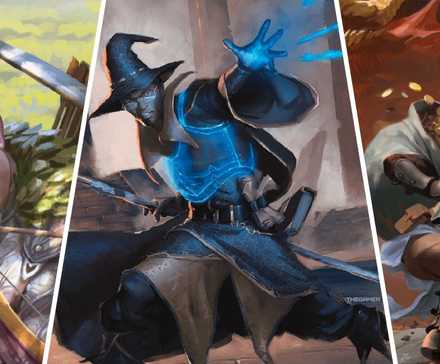
Dungeons & Dragons: The Most Useful First-Level Spells, Ranked
There are a lot of different classes in Dungeons & Dragons that use magic, while there are many spells, these are the best first level ones.
When used against multiple creatures, each could only have ten hit points or lower, out of a maximum of 120 hp, meaning you could kill 12 creatures with ten hit points each. Sure, it’s a strong spell to waste on nearly dead creatures, but the versatility of killing one target or multiple was a nice option to have.
1
Time Stop
Can I Attack Them Or Not?
Time Stop is a funny case of how rules as written and rules as intended is a complicated topic in D&D. Time Stop works virtually the same as it always has, but in 2e (or AD&D), there isn’t any part of the text explicitly saying that you can’t attack people during your extra turns granted by Time Stop.
The spell says all other creatures and anything that enters the area are frozen. Your attacks could count as something entering the area and thus freezing in time, but that’s debatable and would change from DM to DM’s interpretation. Now, Time Stop explicitly says you can’t attack others, and doing so ends the spell prematurely.
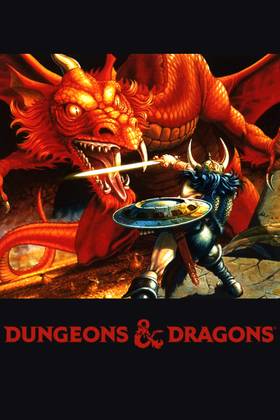
- Original Release Date
-
1974
- Player Count
-
2+
- Age Recommendation
-
12+ (though younger can play and enjoy)
- Length per Game
-
From 60 minutes to hours on end.
- Franchise Name
-
Dungeons & Dragons
- Publishing Co
-
Wizards of the Coast







